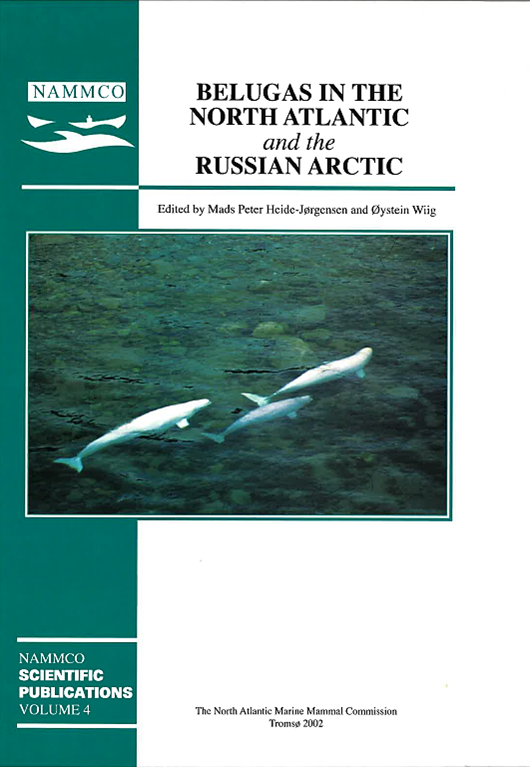Population size and yield of Baffin Bay beluga (Delphinapterus leucas) stocks
DOI:
https://doi.org/10.7557/3.2846Keywords:
belugas, Delphinapterus leucas, Baffin Bay, population sizeAbstract
A surplus production model within a Sampling, Importance Resampling (SIR) Bayesian analysis was used to estimate stock sizes and yields of Baffin Bay belugas. The catch of belugas in West Greenland increased in 1968 and has remained well above sustainable rates. SIR analysis indicated a decline of about 50% between 1981 and 1994, with a credibility interval that included a previous estimate of 62%. The estimated stock sizes of belugas wintering off West Greenland in 1998 and 1999 were approximately 5,100 and 4,100 respectively and were not significantly different than an estimate based on aerial surveys combined for both years. Projected to 1999 this stock can sustain median landings of 109 whales with a total kill of about 155, based on posterior estimates of struck and lost plus under-reporting. The declining stock size index series did not provide sufficient information to estimate the potential maximum rate of population growth, the number of whales struck and lost, or the shape of the production curve with precision. Estimating these parameters requires an index time series with a marked step change in catch or a series with increasing stock sizes. The stock size estimate for the belugas wintering in the North Water in 1999 was approximately 14,800 but there is no information about the population biology of these whales. The estimated maximum sustainable yield (landed) for the North Water stock was 317 belugas.





